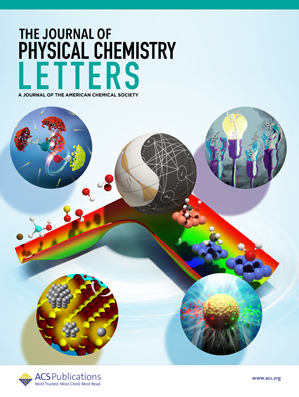Two-Dimensional Zeolitic Imidazolate Framework Based Optoelectronic Synaptic Transistor
IF 4.8
2区 化学
Q2 CHEMISTRY, PHYSICAL
引用次数: 0
Abstract
Neuromorphic computing systems that integrate memory and computation offer a solution to the limitations of traditional von Neumann architectures. Optoelectronic synaptic transistors, responding to both optical and electrical signals, enable multifunctional operation with low power consumption. However, challenges such as short data retention and low processing efficiency remain. This study presents an optoelectronic synaptic transistor utilizing two-dimensional (2D) MoS2, 2D zeolitic imidazolate framework (ZIF) Zn2(bim)4, and gold (Au) nanoparticles (NPs) as semiconductor, tunneling layer, and floating gate materials, respectively. By adjusting the tunneling layer thickness, the charge-blocking capacity of Zn2(bim)4 is modulated, improving long-term data retention. The optoelectronic properties of MoS2 and the charge-trapping ability of Au NPs enable the transistor to mimic synaptic behaviors such as postsynaptic current (PSC), long-term potentiation (LTP), and transition from short-term to long-term memory (STM-LTM). This device can also be integrated into an artificial neural network (ANN) for smart healthcare applications, achieving 88.1% accuracy in electrocardiogram classification through optoelectronic dual-mode stimulation.

求助全文
约1分钟内获得全文
求助全文
来源期刊

The Journal of Physical Chemistry Letters
CHEMISTRY, PHYSICAL-NANOSCIENCE & NANOTECHNOLOGY
CiteScore
9.60
自引率
7.00%
发文量
1519
审稿时长
1.6 months
期刊介绍:
The Journal of Physical Chemistry (JPC) Letters is devoted to reporting new and original experimental and theoretical basic research of interest to physical chemists, biophysical chemists, chemical physicists, physicists, material scientists, and engineers. An important criterion for acceptance is that the paper reports a significant scientific advance and/or physical insight such that rapid publication is essential. Two issues of JPC Letters are published each month.
 求助内容:
求助内容: 应助结果提醒方式:
应助结果提醒方式:


